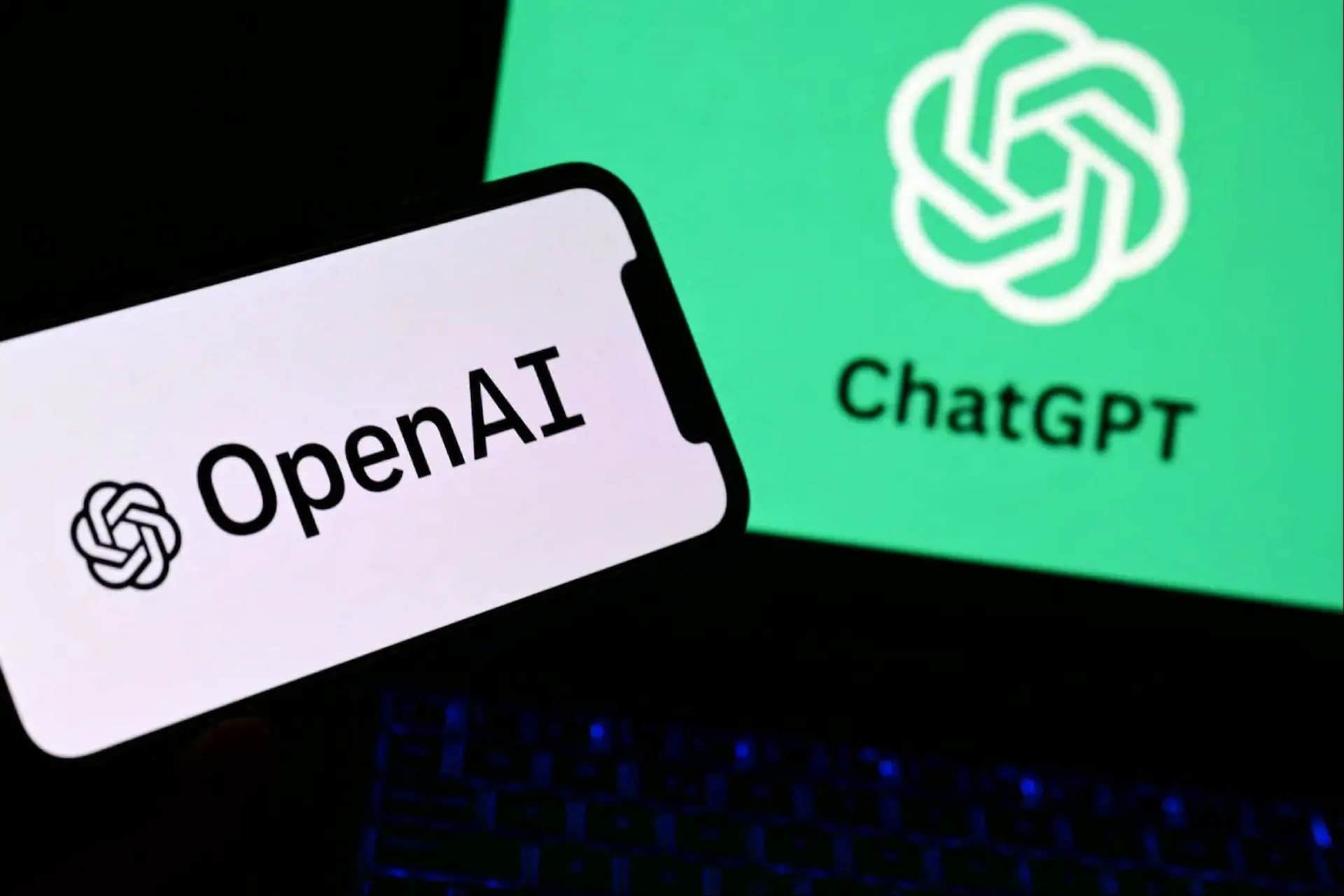Generative AI is increasingly being weaponised to harass women in public roles, according to a new report commissioned by UN Women. Journalists, activists, and human rights defenders face AI-assisted abuse that endangers personal safety and democratic freedoms.
The study surveyed 641 women from 119 countries and found that nearly one in four of those experiencing online violence reported AI-generated or amplified abuse.
Writers, communicators, and influencers reported the highest exposure, with human rights defenders and journalists also at significant risk. Rapidly developing AI tools, including deepfakes, facilitate the creation to harmful content that spreads quickly on social media.
Online attacks often escalate into offline harm, with 41% of women linking online abuse to physical harassment, stalking, or intimidation. Female journalists are particularly affected, with offline attacks more than doubling over five years.
Experts warn that such violence threatens freedom of expression and democratic processes, particularly in authoritarian contexts.
Researchers call for urgent legal frameworks, platform accountability, and technological safeguards to prevent AI-assisted attacks on women. They advocate for human rights-focused AI design and stronger support systems to protect women in public life.
Would you like to learn more about AI, tech and digital diplomacy? If so, ask our Diplo chatbot!









